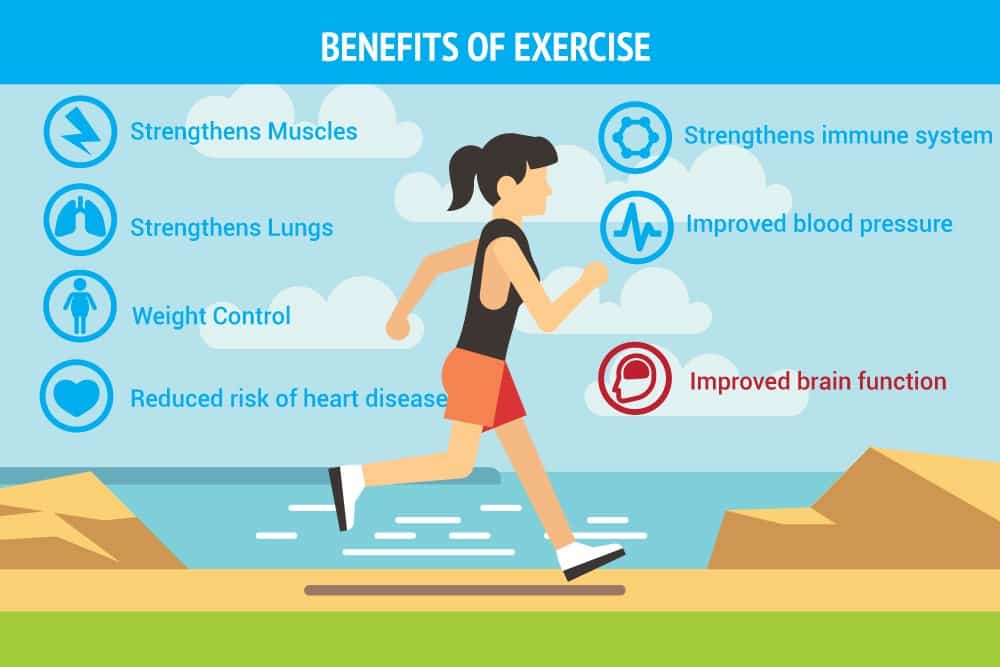Exercise and Our Nervous System
Let me introduce BDNF (Brain-Derived Neurotrophic Factor). Like its name suggests, it’s a protein produced by the brain that helps nerves to grow. It’s job is to protect, maintain and grow healthy nerves. It also has a pivotal role to play in learning and memory storage. Did you know that all of your nerves work together like a transport network, sending and receiving information to and from every cell in your body? Yeah, nerves are pretty important! BDNF works its magic on nerves – it’s the stuff that turns a single lane neuron suburban road into an 8 lane nerve highway – supercharging that particular nerve pathway. It’s called axonal collateralisation. It helps with stuff like playing the piano, dribbling a soccer ball or learning Spanish. It helps speed up the growth to perfect really co-ordinated movements and develop more deeply ingrained memory pathways. It’s pretty powerful stuff!
Interestingly, BDNF levels are particularly low in people with diabetes type 2, obesity and some neurodegenerative diseases such as Alzheimer’s and major depression. What these diseases have in common is insulin resistance. Insulin resistance is essentially the body going “whoa – hold back on the insulin please!” Unfortunately, the signal for increasing insulin is sugar, and if the sugar levels in your diet stays high, so will insulin. Insulin is actually quite damaging to the cells in your body, so your body makes your cells insulin resistant to prevent their damage. It’s kind of like your cells putting on sunscreen to protect themselves from insulin – a little is ok, a lot is bad news! Why BDNF is so important in this story, is that BDNF reduces insulin resistance.
So what is the point of this blog article again?
Ok, here it is – BDNF gets released from your nerves AFTER exercise, particularly after high intensity exercise. Yes, this is another blog post recommending exercise! But you know what? – exercise, through various methods (BDNF included), lowers your risk of insulin related disorders like diabetes type 2 and Alzheimer’s. Going for a walk is great, but high intensity exercises is brilliant! BDNF lowers blood sugar, increases insulin sensitivity, increases glucose metabolism, and makes you smarter at the same time – and all you have to do is 2-3 minutes of all out sprinting – on a bike, in a pool or at the park – with rest in between.
The type of high intensity interval training (you may have heard it referred to as HIIT) that researchers tend to use in their studies is 30 seconds of all out sprinting with 4½ minutes break – repeated 4-6 times.
Now here’s the catch – the increase in BDNF levels are transient, meaning they return to a baseline level within minutes to hours after exercise. So you will have to exercise often – about 3 times a week will do it. Those increases in BDNF are associated with memory improvements.
Maybe we should all be sprinting immediately before big decisions, meetings, or exams? It is certainly wonderful or your health!
Please however be sure to get a clearance from your friendly chiropractor at Walkley Chiropractic Group before commencing this sort of training.

